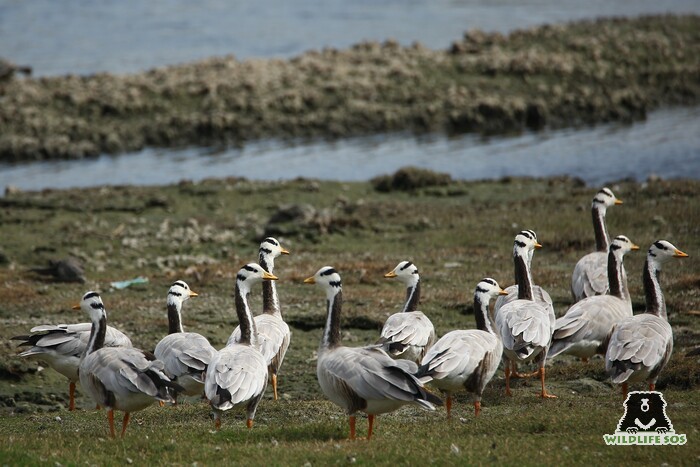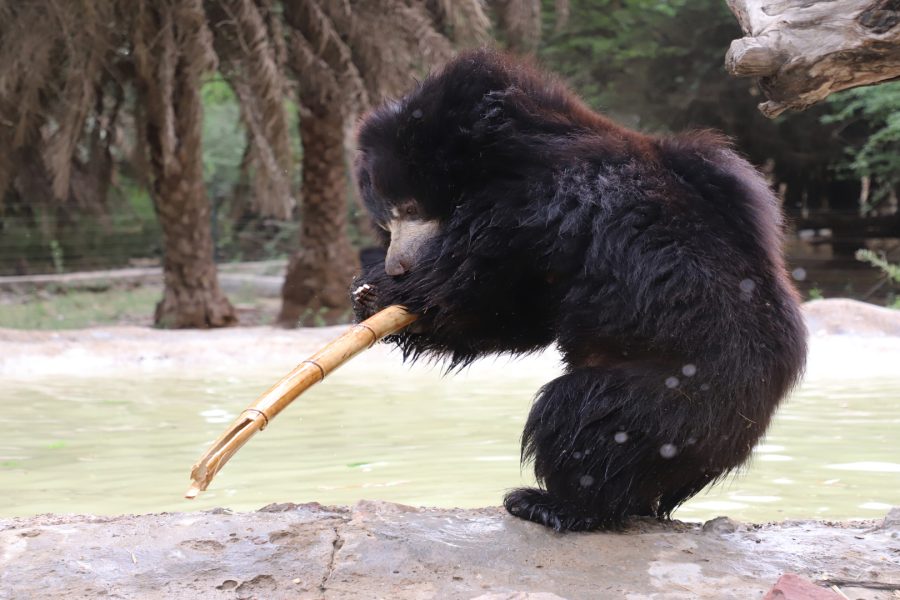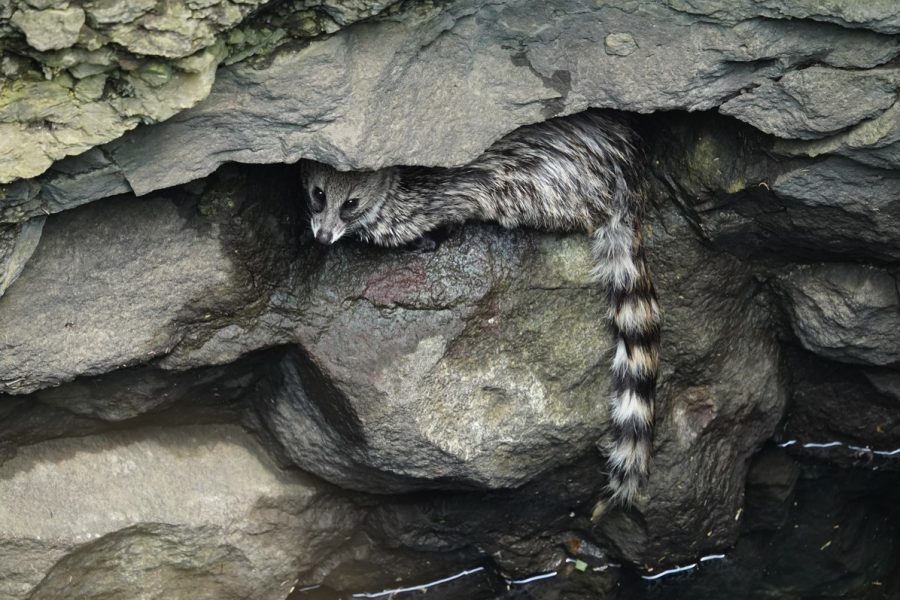When we hear the word migration in the context of wildlife, we immediately associate it with birds. While there are examples of various animals such as whales and turtles undertaking long journeys, bird migration is a widely studied topic. Migration is an adaptation that helps birds surpass hindrances such as extreme weather and shortage of food in colder regions.
Migration is a long and exhausting journey, and birds that undertake it face multiple adversities which are further exacerbated by climate change. However, migratory birds know their routes extremely well and use aerial pathways to cover such unimaginable distances.

According to a media report, approximately 1,349 bird species have been recorded in India till 2019, of which 78 are endemic to the country and 212 species are threatened worldwide. Of these, 370 are known to be migratory visitors and travel through three significant flyways (the equivalent of bird highways) – Central Asian Flyway (CAF), East Asian-Australian Flyway, and Asian-East African Flyway. The CAF is the most used one and covers 30 countries, including India at the tail end of the flyway.
The Most Used Flyway
The CAF covers large parts of Eurasia between the Arctic and the Indian Ocean. It comprises several important bird migration routes, right from the northernmost breeding grounds in Siberia to the southernmost non-breeding areas of West Asia, India and the Maldives. Over 180 migratory bird species are known to use the flyway. Some of the birds using the flyway are globally threatened and near-threatened species. These include the critically endangered White-bellied Heron and Northern Bald Ibis, the endangered Greater Adjutant Stork, the vulnerable Lesser Adjutant Stork and Black-necked Crane, and the near-threatened Lesser Flamingo and Pygmy Cormorant, to name a few.

Bird migrations play a crucial role in indicating the health of various ecosystems. Migratory birds are known to be bio-indicators for the flyway regions, as they fly past various biomes such as forests, grasslands, wetlands and alpine vegetation. India’s National Action Plan (NAP) for Conservation of Migratory Birds and their Habitats along Central Asian Flyway (2018-2023) has listed a total of 171 waterbird species that use this flyway region in India. With a flyway as busy as this, it is no surprise that Wildlife SOS has a close association with the CAF as well.
The Wildlife SOS-CAF Relationship
The Wildlife SOS rescue centres are home to many birds that are seasonal and full-time residents. Our Elephant Hospital Campus (EHC), the Elephant Conservation and Care Centre (ECCC), and the Agra Bear Rescue Facility (ABRF) are all on the main corridor of the Central Asian Flyway, which adds to the natural environment of the facilities.
The Soor Sarovar Bird Sanctuary (designated sanctuary in 1991) located near ABRF is a haven for birds as well as professional and amateur birdwatchers and naturalists. The sanctuary covers an area of 7.9 sq km and is known to have a checklist of 165 migratory and resident bird species. The Uttar Pradesh Forest Department has created woodlands and modified the shallow areas for waders, which has resulted in an increase of nesting sites. Some of the birds spotted here include Spoonbills, Egrets, Flamingos, Painted Storks, Sarus Cranes and Cormorants, among others.

With the Yamuna river running along the ECCC and EHC premises, the landscape is home to many monsoon and winter migratory birds. The monsoon season brings birds such as the Golden Oriole, Asian Koel, Baya Weaver and Jacobin Cuckoo, the latter being known as the ‘harbinger of rain’. Meanwhile at EHC, a flock of nearly 200 Greater Flamingos adorn the banks of the Yamuna, creating a mesmerising sight.
In the northernmost part of the country, the Hokersar wetland was designated as a conservation reserve under the Jammu and Kashmir Wildlife (Protection) Act, 1978 and is home to exquisite biodiversity. The place is an important habitat for medium and long-distance migratory shorebirds, cranes, ducks and geese. The water birds fly here via the CAF and Hokersar is said to have reported over 500,000 of them. Some of the species which can be spotted in large numbers here during winters include the Northern Pintail, Mallard, Greylag Goose, Ruddy Shellduck, Red-crested Pochard and Common Pochard, to name a few.
Hokersar is one of the many wetlands monitored in Jammu and Kashmir during the annual Asian Waterbird Census, in which Wildlife SOS participates every year. Started in India in 1987, it forms an integral part of the International Waterbird Census to assess the status and support the conservation of wetlands and water birds.
Threats to Migratory Birds
Migration is physically taxing, and due to environmental degradation and human-induced climate change, the journey of these birds have become even more perilous. Migratory birds are subject to high risks like predation and extreme weather conditions. Scientists estimate that since 1500, the planet has lost over 175 bird species due to natural as well as man-made factors. Drying water bodies, illegal hunting by humans for bushmeat and other purposes are great contributors to the dwindling populations.

The Siberian Crane was one such migratory bird that would spend the winter season in Keoladeo National Park, popularly known as Bharatpur. A steep decline in their population over the years resulted in only two being reportedly seen last in 2002. The bird is now listed as Critically Endangered under the IUCN list of threatened species. Regional initiatives like the Asian Waterbird Census, and creating protected areas and reserves that are carefully monitored are essential to maintain the health of the ecosystems as well as the bird populations. If these things are taken care of, several birds can be saved from sharing the unfortunate fate of the Siberian Crane.
Citizens often come across injured and distressed migratory birds. Wildlife SOS’ Rapid Response Units work around the clock to respond to such emergencies. If you come across any distressed animal, do alert our rescue teams on the following helplines –
Delhi NCR – +91-9871963535
Agra & Mathura in Uttar Pradesh – +91-9917109666
Vadodara, Gujarat – +91-9825011117
Jammu & Kashmir – +91-7006692300, +91-9419778280





